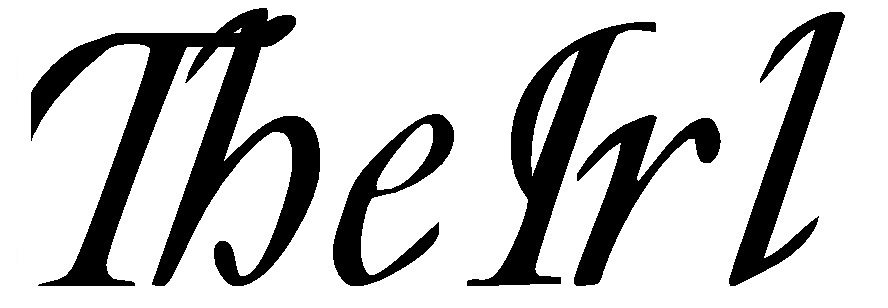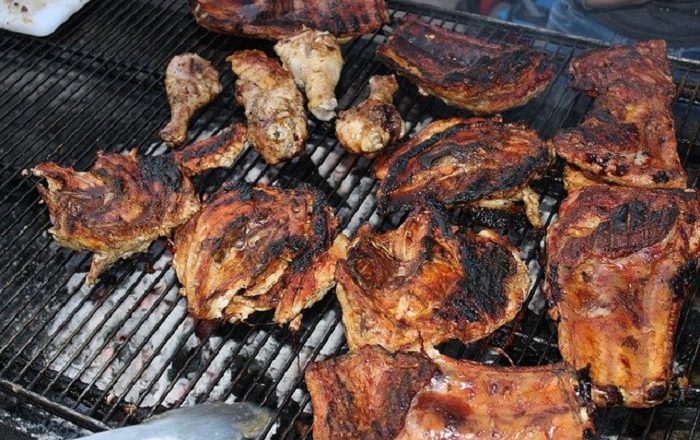The Chemistry Of Cooking Over An Open Flame – What Makes Smoky, Charred Barbecue Taste So Good?
The mere thought of barbecue’s smokey scents and intoxicating flavors is enough to get most mouths watering. Summer is here, and that means it is barbecue season for many people in the U.S.
I am a chemist who studies compounds found in nature, and I am also a lover of food – including barbecue. Cooking on a grill may seem simple, but there is a lot of chemistry that sets barbecue apart from other cooking methods and results in such a delicious experience.
Cooking over an open flame – whether from gas, wood or charcoal – allows you to use both radiant and conductive heat to cook food. Romary/Wikimedia Commons, CC BY-SA
Cooking with fire
First, it is important to define barbecue because the term can mean different things in different cultures or geographic locations. At its most basic, barb...

